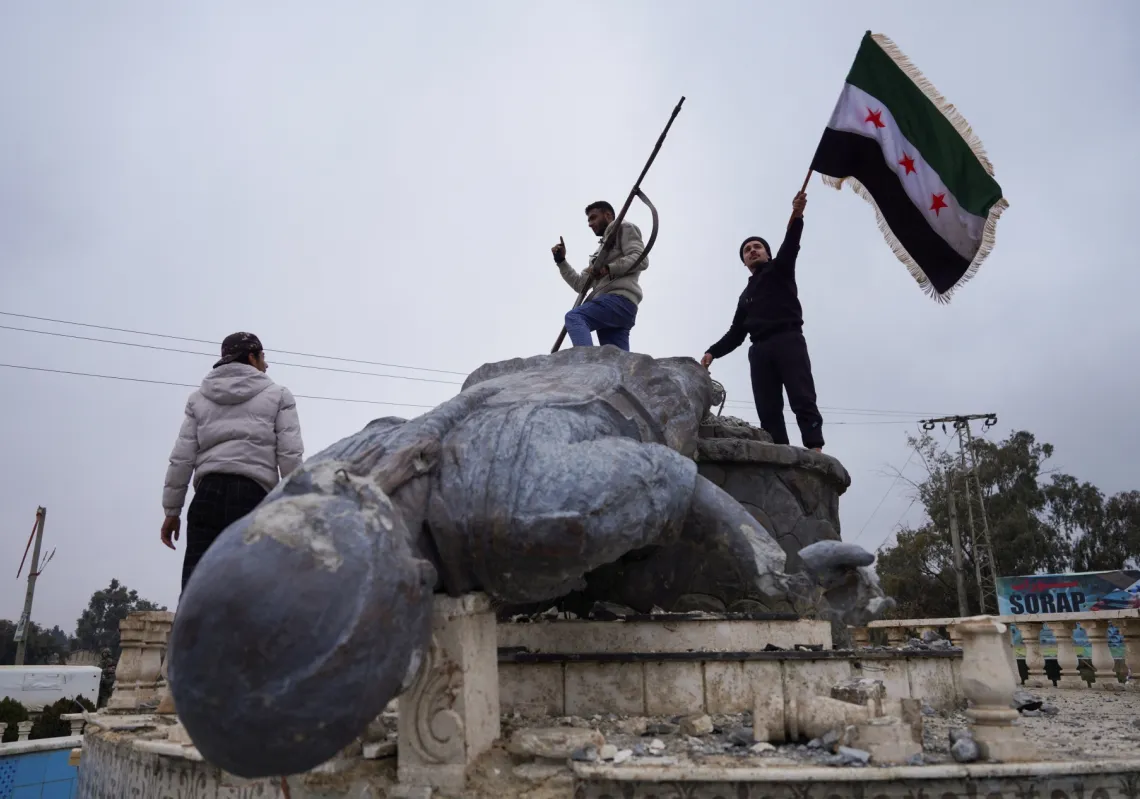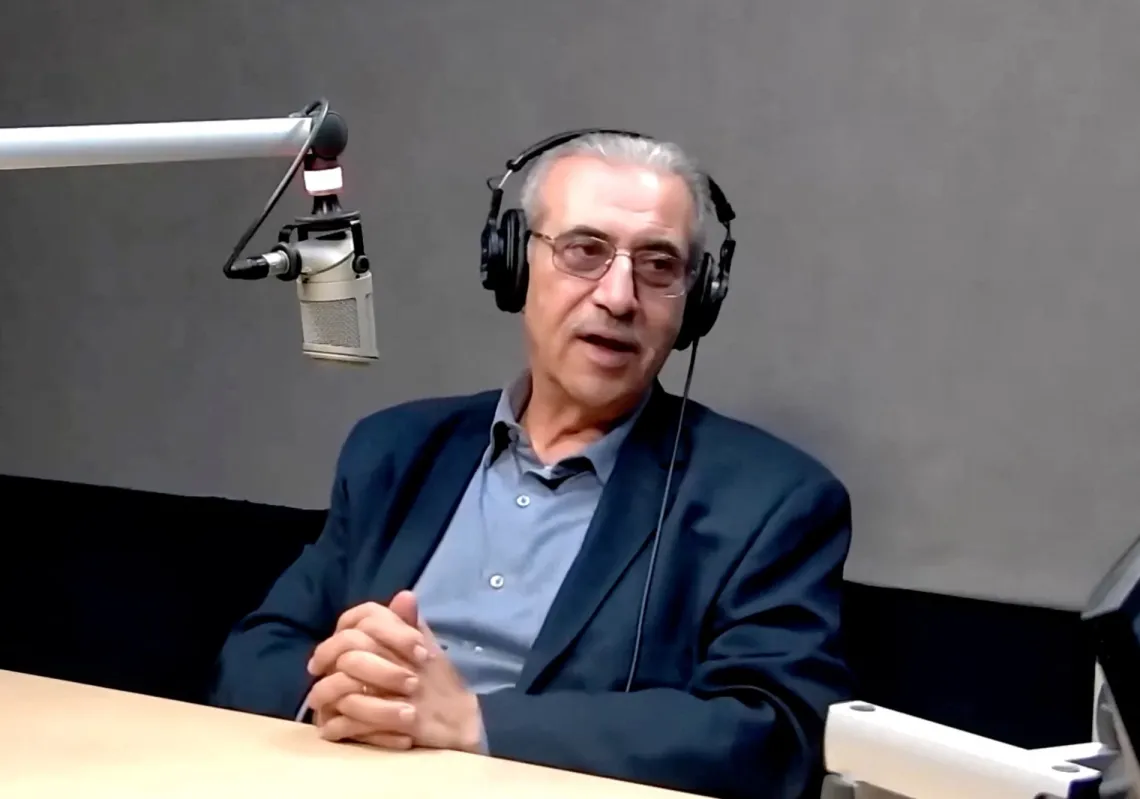Describing the two-state solution as “dead” has become common and widely accepted.
The idea that a Palestinian and an Israeli state can coexist side by side, as well as the mere possibility that a Palestinian state will be created in the future, have been discredited by years of status quo, despair and violence, not to mention the various actors actively working to bury what is still the most commonly accepted solution to the Israeli-Palestinian conflict.
And this was even before the October 7 attacks by Hamas and the ensuing Israeli offensive in Gaza. But reading between the lines in Israel, one can sense that the long-dormant question of a two-state solution is resurfacing. Several actors are staking their positions on the two-state solution.
A “historic opportunity” for settlers
In the Occupied West Bank, Israeli settler violence against Palestinians is at unprecedented levels. The most radical wing of the Israeli settler movement clearly sees the aftermath of the 7 October attacks as a historic opportunity to apply pressure on Palestinians and make sure the two-state solution dies once and for all. To them, the two-state solution is not “dead enough”.
In an update in November, the UN indicated that settler attacks (from limited incidents to more serious attacks) had more than doubled from three incidents a day before 7 October to seven a day after. Since then, this spike has flattened but remains above prior averages.
This may only be the tip of the iceberg, as most attacks may go unrecorded. The majority of settler attacks aren’t as “violent” and high-profile as one may think. The main goal of Israeli settlers is not to kill but rather to intimidate and expel. They use violence in a less visible way to push smaller Palestinian communities out of key areas of the West Bank.
Chief among far-right figures championing settler expansion is Bezalel Smotrich, Israel’s finance minister. Smotrich rose to power after last year’s election alongside his acolyte, the gun-waving Itamar Ben Gvir.

Read more: Ben-Gvir and Smotrich: The extremist duo who rose to power in Israel
While Ben Gvir’s vitriolic rhetoric turned him into an easy front-page man, Smotrich is the thinking head. As part of coalition talks with Netanyahu, Smotrich negotiated the “gerrymandering” of Israel’s government functions.
While he is known to be the finance minister, he has also been given de facto responsibility for Israel’s “civilian activities” in the West Bank. One of his key proposals has been to push for the legalisation of dozens of “outposts” — namely smaller settlements that are deemed illegal even according to Israeli law.
The real killer
This is no coincidence; as Smotrich knows, these outposts are the real two-state-solution killer.
The settlements in the West Bank and the settler “movement” are often viewed as a monolith, but they aren’t. Looking at the demography and geography of the settlements, they can be broadly divided into two: Big settlement blocs and more distant settlements generally situated closer to major Palestinian cities.















